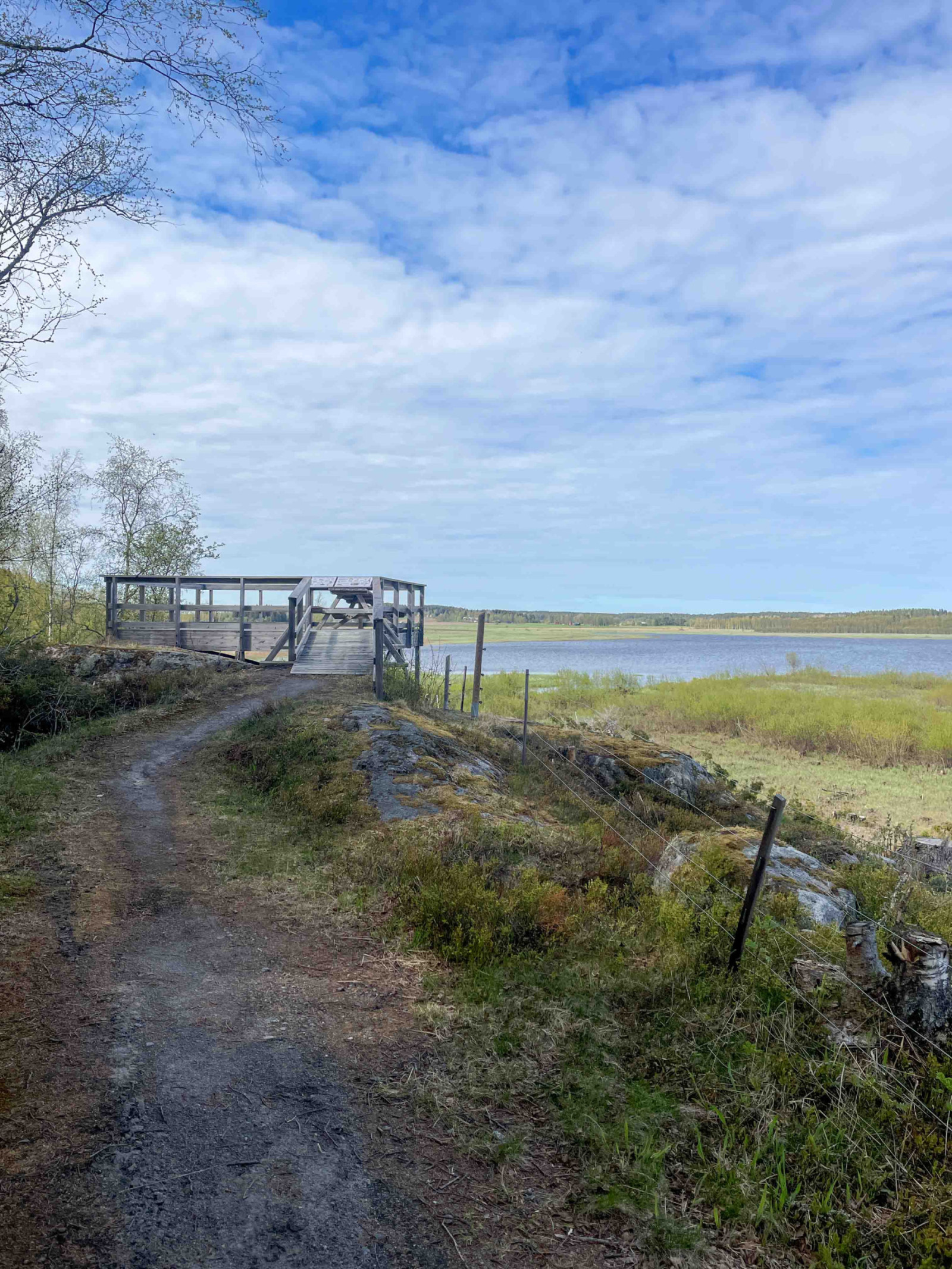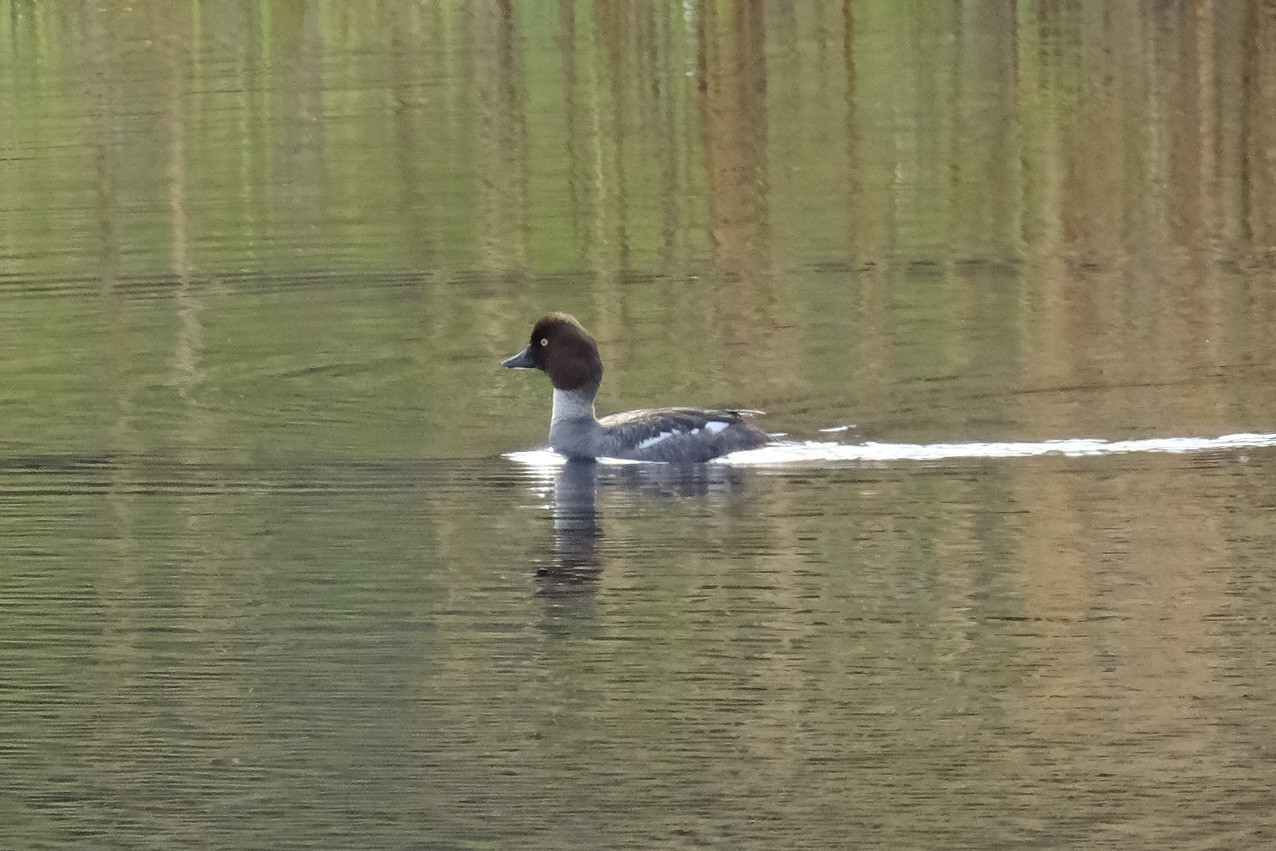Opis
Gärdefjärden is one of the most important stageing sites for wetland birds in the region. During the spring several duck and geese may stage in rather large numbers, especially cyraneczka, krzyżówka and czernica, with rożeniec , Płaskonos and bielaczek usually occurring in smaller numbers. ges zbozowa and gęś tundrowa are regular in small numbers (tens or up to a few hundreds at the most). żuraw spend the night in the lake, feeding on the fields during the day, both during spring and autumn. During the spring good numbers of waders may be seen, especially when there are high water levels.
Breeders in the lake or in the surroundings include błotniak stawowy, nur czarnoszyi, mewa mała, the latter which often hunt over Gärdefjärden during the nights together with rybitwa popielata and rybitwa rzeczna. rybitwa wielkodzioba are regular but breed at the coast.
Szczegóły
Dostęp
Gärdefjärden is easily accessed either from the village of Lövånger or from the road between the E4 and Gärde. In Lövånger drive to the camping (Strömvägen), and then follow the track toways the lake where there are two observation platforms and a hide where you can overlook the reeds and the shallow wetlands. From the E4, take east towards Gärde and Uttersjöbäcken. After 500m there is a parking space, and a birding tower nearby.
The farmland around the E4, Gärde and Hökmark is used by feeding żuraw and geese, as well as raptors, waders and passerines. It is best viewed from the roads (please park the car sensible, do not block tracks for farmers). Access is restricted between April 1st and August 15th, during that period the area must be explored from the tracks and observation facilities.




